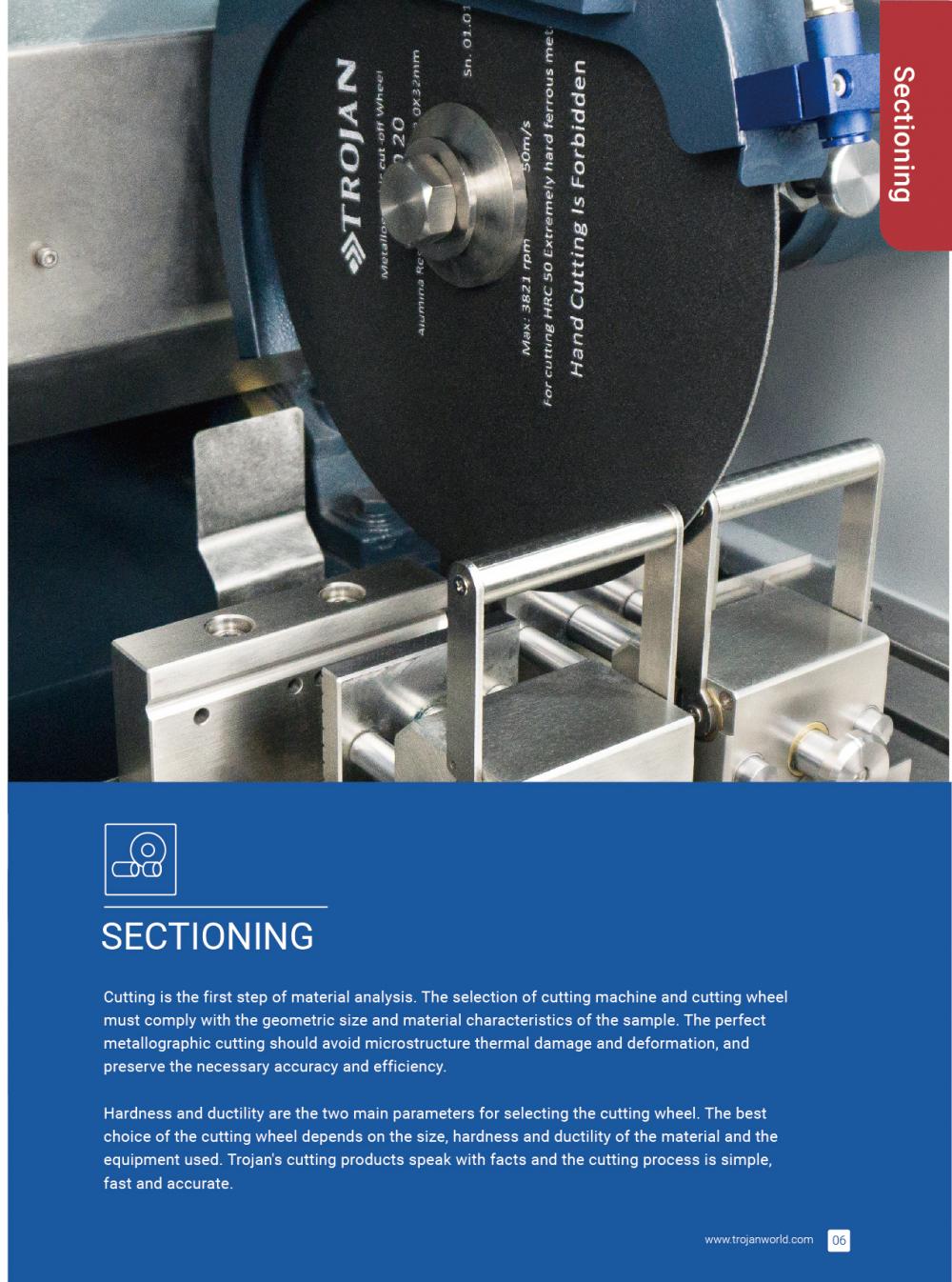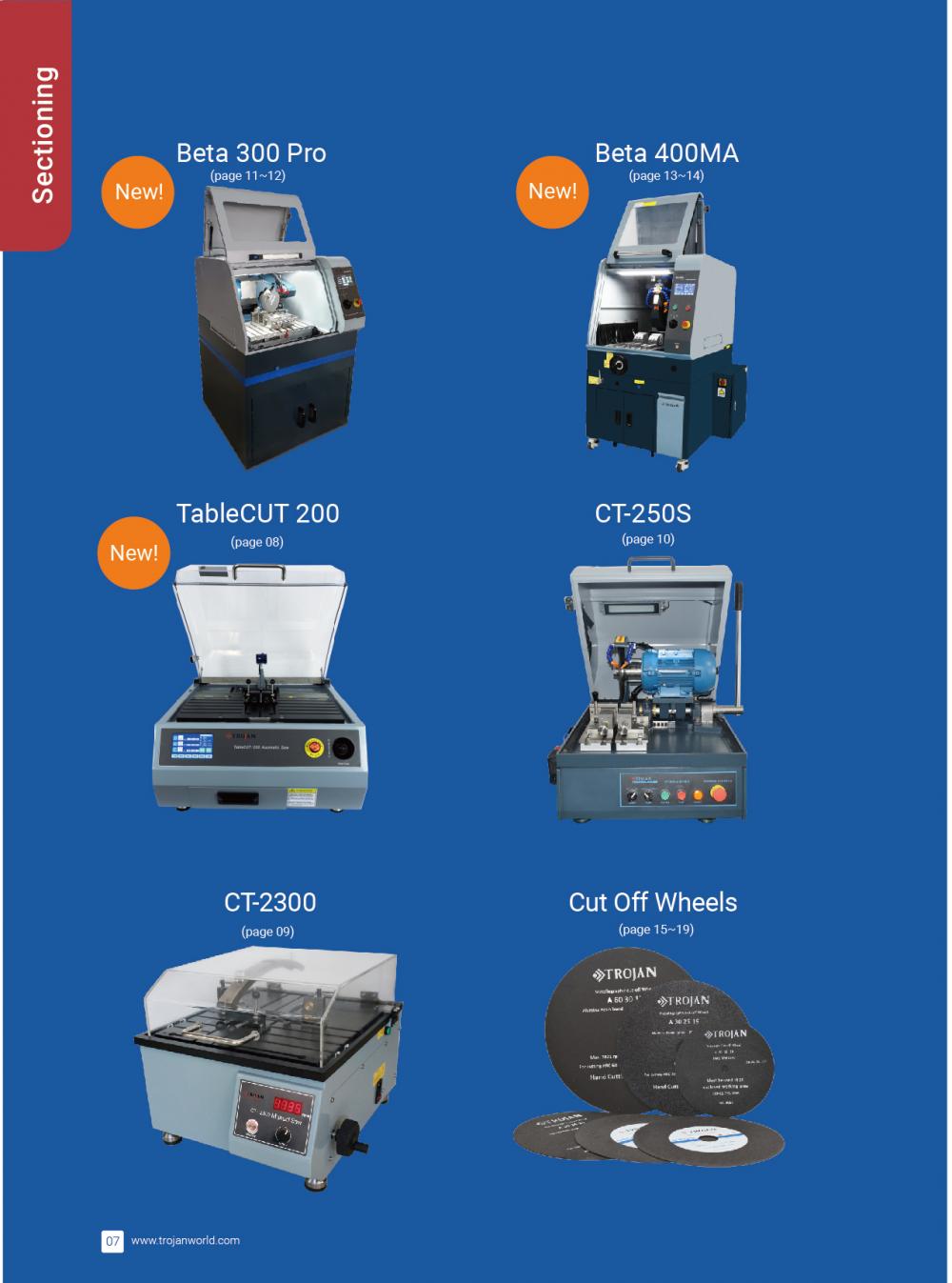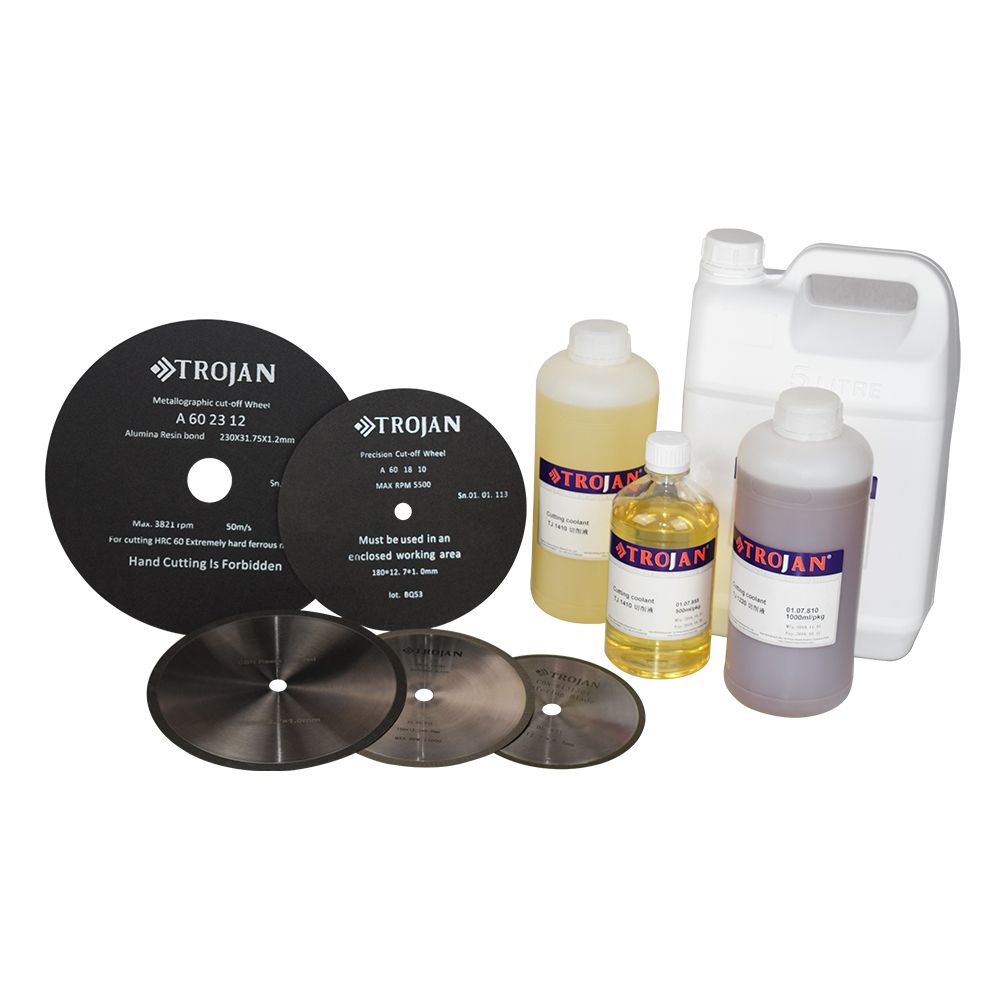Development and Reform Commission studies the collection of carbon tax, private enterprises worry about increased costs
According to our reporter, the carbon tax is a tax imposed on carbon dioxide emissions, which is an environmental tax. Environmental taxes are in the form of domestic taxes and are generally levied on the principle of origin or destination.
Jia Kang, director of the Institute of Fiscal Science of the Ministry of Finance (hereinafter referred to as the Finance Institute) said that the government has three technical options for introducing carbon tax: one is placed in the environmental protection tax, as a tax item, to see if it can be accompanied by environmental protection tax. One is to go out; one is to introduce the carbon tax into the consumption tax in accordance with the fuel tax reform; the third is to incorporate the carbon tax into the resource tax and modify the tax rate according to the carbon content of fossil energy.
Jiang Kejun, director of the Energy System Analysis and Market Analysis Research Center of the Energy Research Institute of the National Development and Reform Commission, told reporters that compared with the establishment of the carbon trading system, China's carbon tax collection will be relatively early.
An industrial planner from WISCO also told this reporter that the National Development and Reform Commission has conducted preliminary consultations on high-energy-consuming industries such as steel and coal.
Research on carbon tax
The industry generally believes that the NDRC prefers the first two levies, that is, the carbon tax is levied in the environmental tax, or the carbon tax is introduced into the consumption tax.
Hou Yuxuan, a researcher in the environmental protection industry of China Investment Consulting, pointed out that it is the most direct way to impose a carbon tax on consumption.
Generally, after the carbon tax is levied, enterprises can transfer costs by reducing production, adopting new technologies, and raising prices. However, this part of the cost will undoubtedly be passed on to the downstream consumers through circulation, resulting in rising consumer prices.
Jiang Kezhen said that the carbon tax collection is basically the same as the energy tax. He believes that the carbon tax can not only reduce the pressure of energy conservation and emission reduction, but also help promote GDP growth.
The reporter learned that the Institute of Finance has proposed to the relevant departments in its research report that the carbon tax is subject to fossil fuels such as coal, natural gas and refined oil. First, choose a tax rate that has less negative impact on the economy, and then gradually increase it.
However, the carbon tax specific collection plan is still under discussion and research, and has encountered many difficulties.
Hou Yuxuan told this reporter that the scope of carbon tax collection is too broad, and it is difficult to obtain information and the cost is relatively high.
Although the carbon tax collection has a certain technical foundation in China, it is difficult to regulate. Jiang Kezhen believes that once the carbon tax is imposed, there may be some tax evasion in the coal industry, because the production of coal is not easy to determine, which may lead to some coal mines reporting production; the measurement of natural gas and oil is simple and strict.
However, Jiang Kezhen said that with the merger of coal companies, becoming a large mine will reduce the difficulty of monitoring the carbon tax.
Li Nuyun, deputy director of the Department of Afforestation of the State Forestry Administration and executive deputy director of the Office for Climate Change, said that under the current background that the country has not set a total greenhouse gas emission control for enterprises, it may be a feasible measure to implement a carbon tax. .
Our reporter learned from a number of steel companies that steel companies have introduced some new technologies to reduce costs. Among them, WISCO, Hebei Iron and Steel Group, Anshan Iron and Steel and other large state-owned steel companies have taken energy-saving and emission reduction technologies as the focus of reducing production costs in the future.
Corporate attitudes are different
In an interview, our reporter found that state-owned enterprises and private enterprises have different attitudes toward carbon tax collection. Resources and energy upstream enterprises and downstream enterprises also show opposite attitudes.
A person in charge of a private mining company told this reporter that the carbon tax will undoubtedly increase the cost of the enterprise.
A vice president of Minmetals Group believes that the carbon tax levy can promote technological innovation. If the carbon tax is increased compared to the previous tax, it will increase the cost of the enterprise. However, the government should introduce measures to provide subsidies for enterprises, or other Taxes replace carbon taxes.
"I believe that the purpose of the state's carbon tax is not to increase costs, but to adjust the structure and promote energy conservation and emission reduction. If the carbon tax levy generally increases the cost of enterprises, there may be corresponding subsidy policies," said the vice president.
A management person of Hebei Iron and Steel Group is worried that upstream raw material enterprises will transfer carbon tax to manufacturing, and by then, the high cost pressure on steel companies will increase.
In response to doubts about the tax burden imposed by enterprises and the public on the carbon tax, Jiang Kezhen said that “tax neutrality†can solve this problem. If a carbon tax is introduced, it will also introduce other tax reduction schemes to maintain tax neutrality.
“We have proposed several options, such as reducing VAT and reducing business tax,†Jiang said.
However, the above-mentioned companies believe that as the country puts carbon tax collection into the discussion, companies are also considering the impact of the carbon tax.
"A few years ago, our environmental protection equipment could not be opened, and now we must open it in order to cope with inspections. If we apply for a carbon tax in the future, we will consider environmental protection costs together with taxation costs." An insider of Hebei Iron and Steel Group said .
Luo Bingsheng, executive vice president of China Iron and Steel Association, told this reporter that in the future development trend of the steel industry, enterprises with high energy conservation and emission reduction will not only suffer losses, but will gradually have cost advantages.
Cutting consumables
Selecting the right cutting wheel will help to ensure fast cutting, no structural changes to the cutting wheel or sample due to overheating or deformation, and improve cutting wheel wear, thereby helping to reduce costs. All of our cutting wheels, blades, additives and other cutting consumables have been developed specifically for metallographic cutting, including state-of-the-art abrasive wet cutting technology and precision cutting.
No structural change
Does not overheat
There is no deformation
There are various cutting wheels to choose from, suitable for all types of material preparation.



Cutting Consumables,Metallography Consumables,Laser Cutting Consumables,Wire Edm Consumables
TROJAN (Suzhou) Technology Co., Ltd. , https://www.trojanmaterials.com